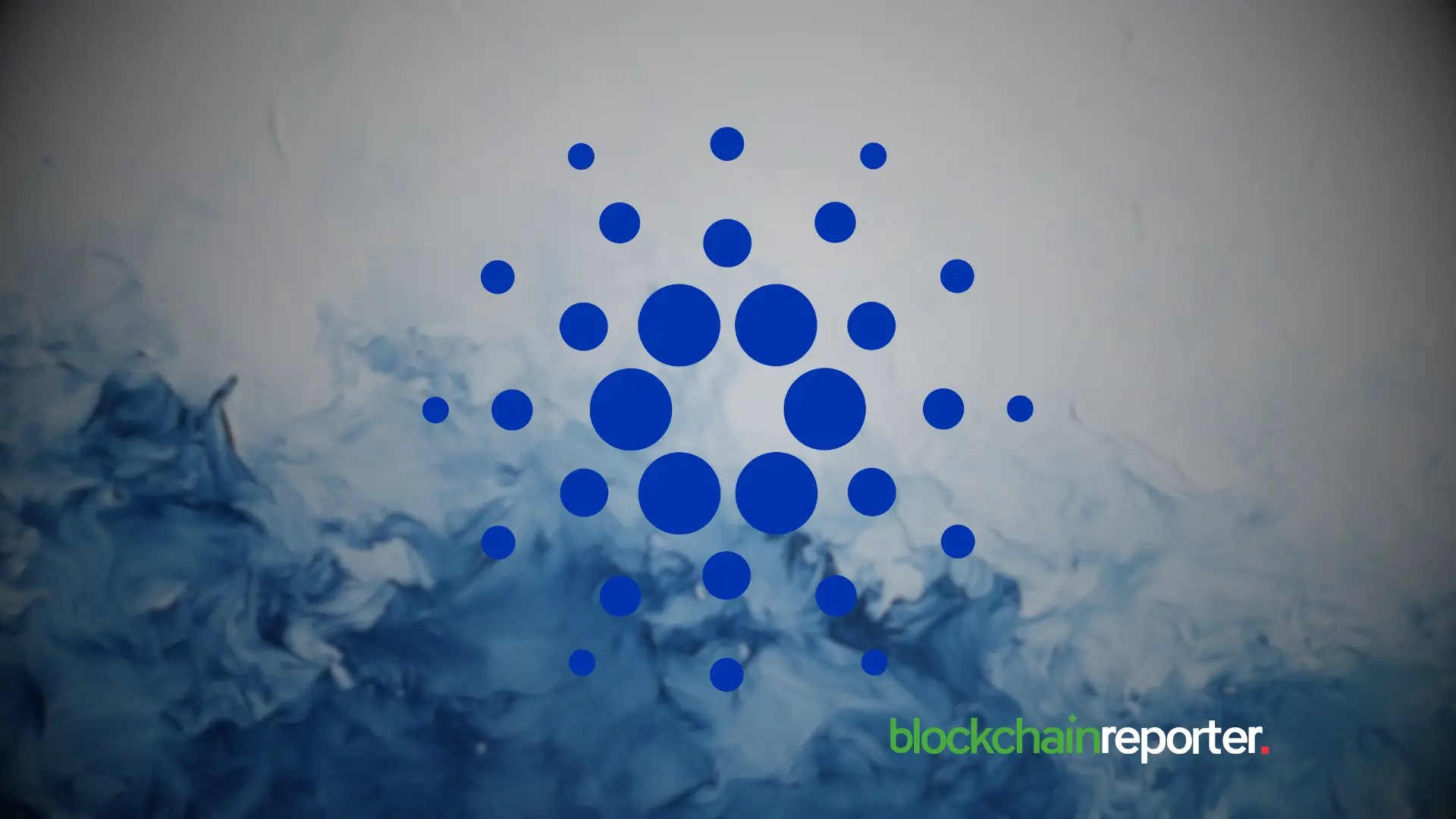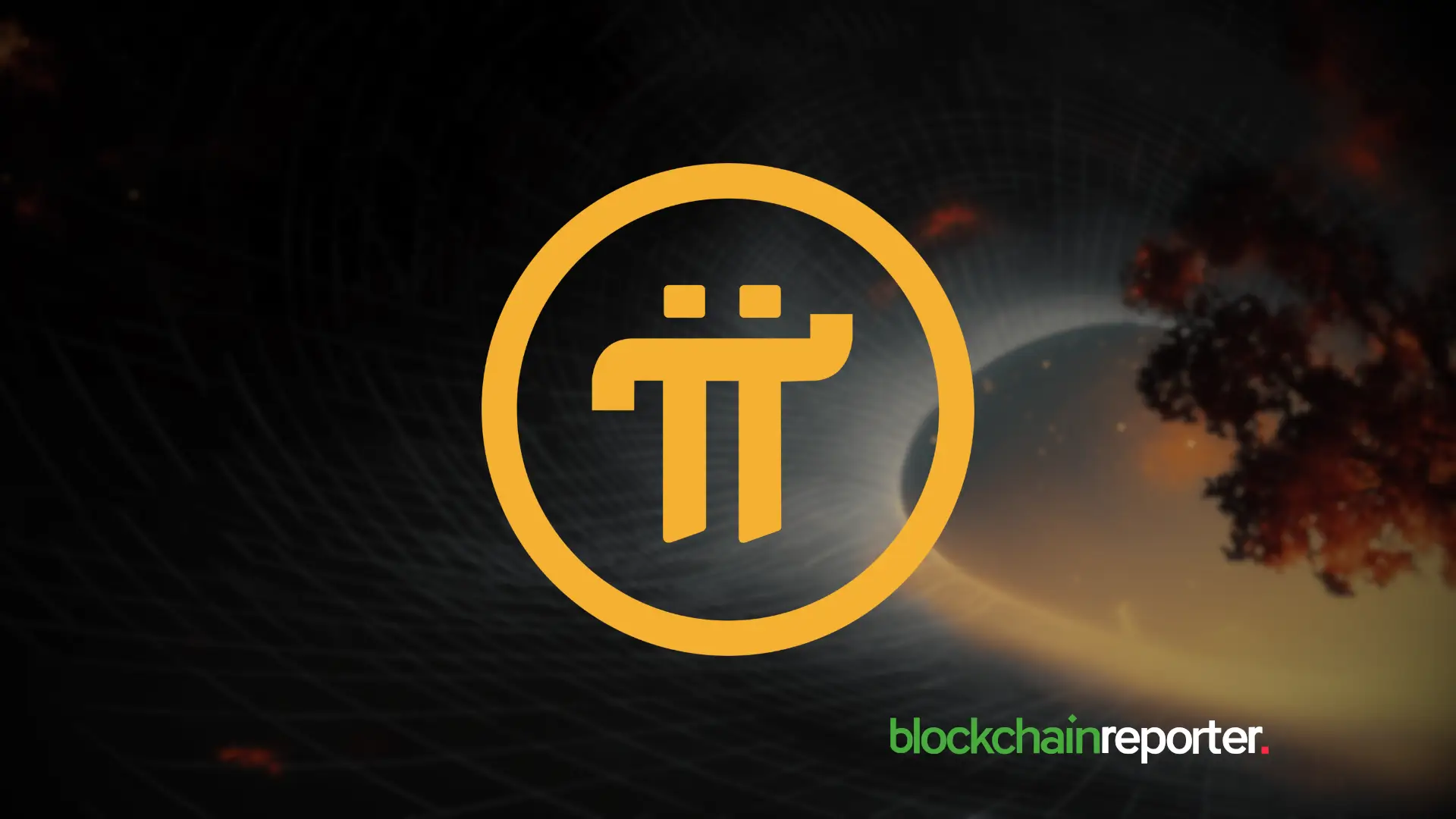BlockDAG Vs Cardano: Comparing Tech, Tools, And Ecosystems
Not all blockchain projects grow the same way. Some are built slowly, with academic research and carefully planned upgrades. Others move fast, giving developers tools to build and launch with ease. Two...
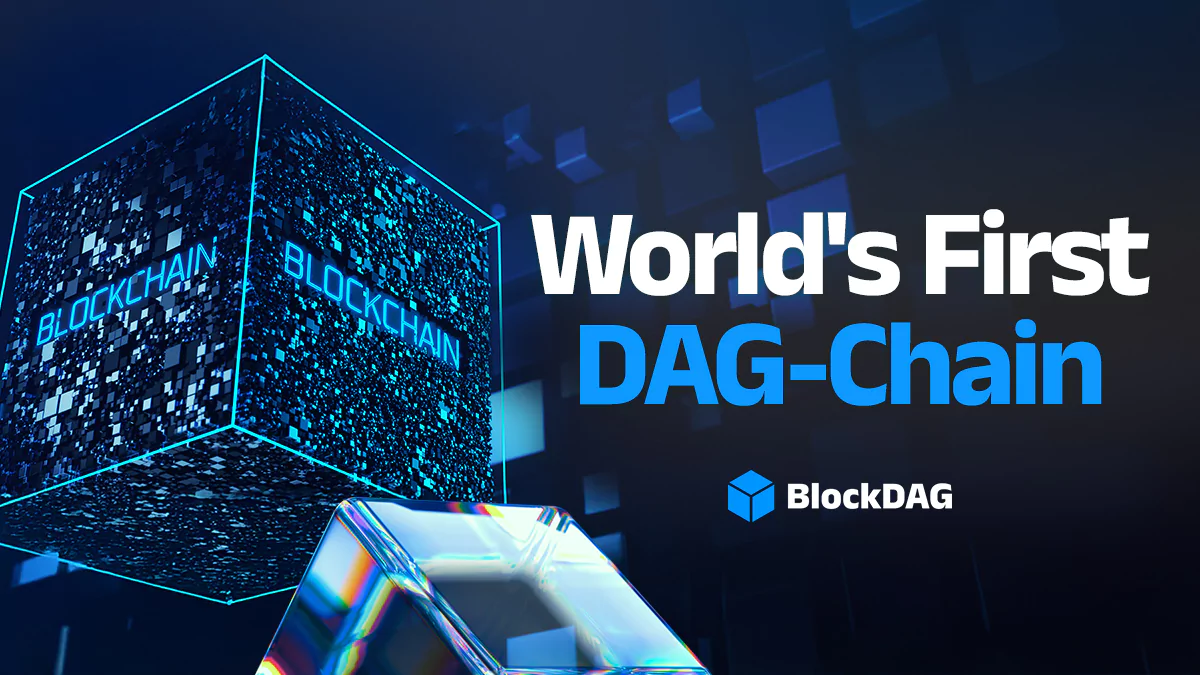
Not all blockchain projects grow the same way. Some are built slowly, with academic research and carefully planned upgrades. Others move fast, giving developers tools to build and launch with ease. Two projects that follow very different paths are Cardano and BlockDAG (BDAG).
Cardano has built a reputation over the years for being cautious, research-focused, and methodical. BlockDAG with $350M presle, on the other hand, is newer, but it’s already attracting strong developer interest and growing activity even before its full launch.
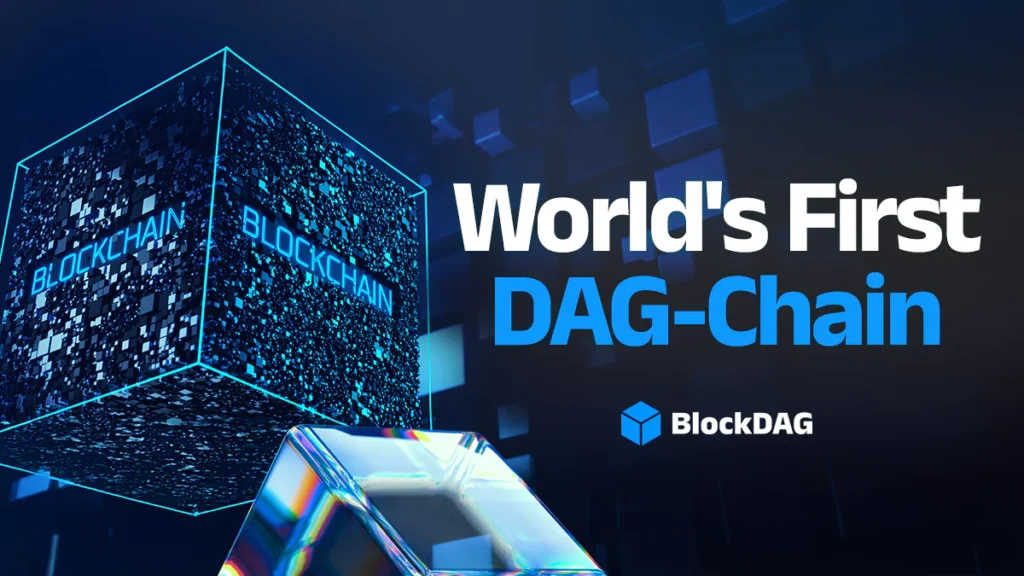
In this piece, we’ll take a closer look at how these two projects compare in five key areas: technology, developer experience, real-world activity, accessibility, and growth potential.
1. Technology: Blockchain Vs DAG Structure
Cardano is built on a standard blockchain model. It uses a consensus system called Ouroboros, which is a type of Proof-of-Stake. This system helps reduce energy use and improves network security. Each transaction is added to a single chain, one block after another, making it stable but not always fast.
BlockDAG is built differently. It uses a Directed Acyclic Graph (DAG), which allows multiple transactions to be processed at the same time. This structure gives the network much more flexibility, especially as the number of users grows. DAG-based systems are often faster and more scalable because they avoid the bottlenecks that blockchains sometimes face.

For developers and users alike, this means BlockDAG has the potential to support higher transaction speeds without sacrificing reliability.
2. Developer Experience: Learning Curve Vs Plug-and-Play
One big difference between Cardano and BlockDAG lies in how developers interact with each platform.
Cardano uses Haskell for its core development and Plutus for smart contracts. While both are powerful, they are also complex. Developers who don’t already know Haskell will need to learn it, and this takes time. Many developers who are used to Ethereum’s Solidity may find this transition challenging.
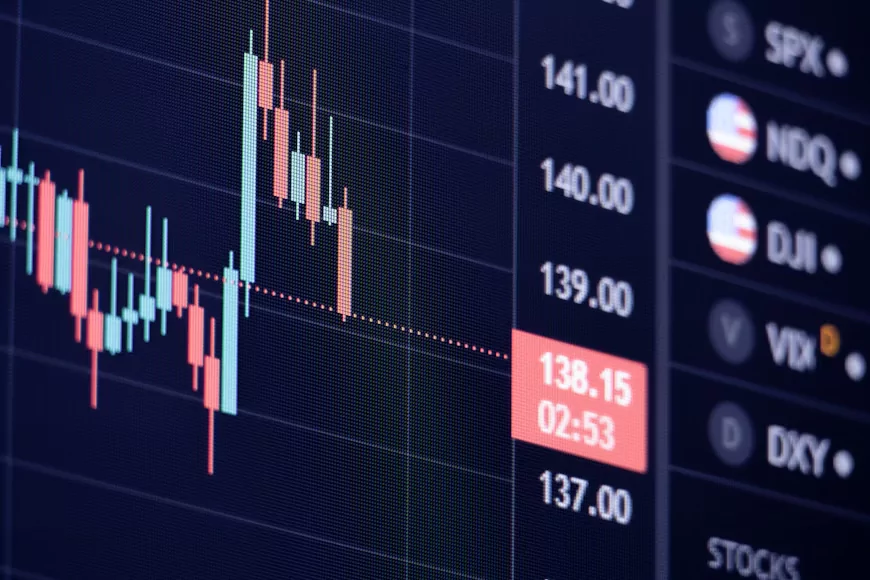
BlockDAG offers a more accessible experience. It is fully compatible with Ethereum’s tools, including Solidity, making it much easier for developers to get started. Even more, it offers a low-code smart contract builder, so people with little to no coding background can build and deploy smart contracts using drag-and-drop tools. This flexibility makes BlockDAG attractive to a much broader range of creators, from experienced developers to small teams or solo entrepreneurs.
3. Ecosystem Activity: What’s Actually Being Built
Cardano has been in development since 2017. Some of its applications, like Djed (a stablecoin) and SundaeSwap (a decentralised exchange), are live and running. However, overall usage is still growing at a measured pace, and many apps remain in testing or early stages.
BlockDAG, even though it’s still in its presale phase, has already opened access to a public testnet. Developers can use this environment to build and test apps in real time. As of now, over 4,500 builders are actively working on more than 300 projects, and these aren’t just mock-ups. Many of them are being tested for launch.
From DeFi tools and AI-based apps to real-world payment systems, BlockDAG’s testnet is already seeing a wide range of use cases. To boost trust further, BlockDAG has been audited by both CertiK and Halborn, two well-respected blockchain security firms. It has also formed partnerships with platforms like HackerEarth and even with the Seattle Seawolves, a U.S.-based rugby team, showing its reach beyond crypto.
4. Accessibility: Who Can Join The Ecosystem?
Cardano is focused on long-term quality and security. That’s great for stability, but it can also make it harder for new builders to get started. Developers must learn Cardano-specific tools and languages, which creates a learning curve that not everyone is willing to take on.
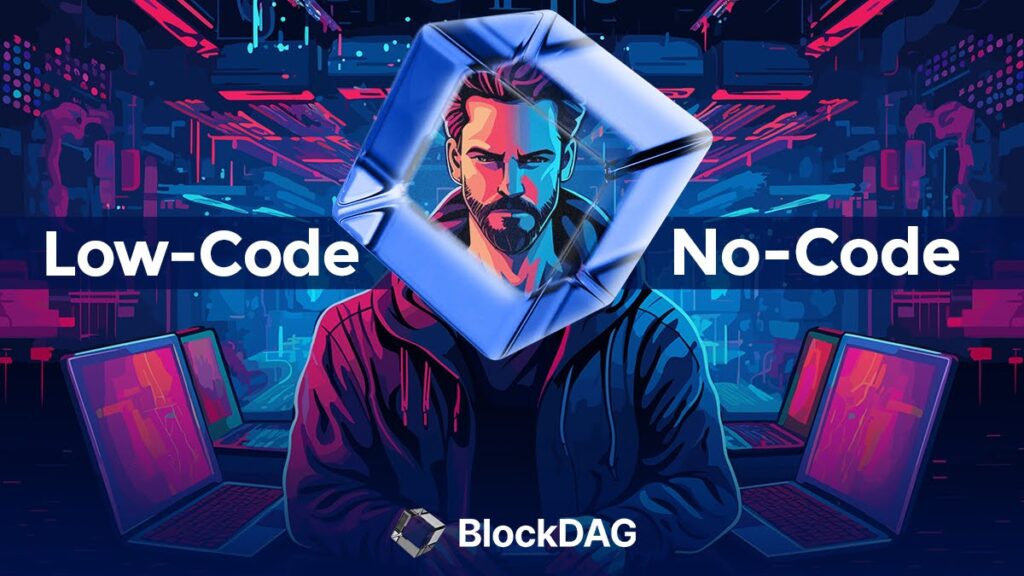
In contrast, BlockDAG aims to remove those barriers. Since it’s Ethereum-compatible, developers can use tools they already know. The low-code builder further opens doors to those with little to no coding experience. This approach has encouraged a wider group of creators, from blockchain veterans to first-time builders, to explore what the platform offers.
Simply put, BlockDAG makes it easier for more people to participate.
5. Growth And Predictions: Past Stability Vs Future Potential
Cardano has maintained its place as a trusted network for years. Its coin, ADA, has shown growth during market upswings, and analysts are now pointing to a recurring fractal pattern in its price chart. Based on this pattern, some believe ADA could reach $2.40 in the coming cycles if support levels hold and adoption improves.
BlockDAG, though still pre-launch, is already showing signs of strong early interest. Its presale has raised over $350 million, and more than 24 billion BDAG coins have been sold. The current presale price is $0.0016 as part of GLOBAL LAUNCH release, with a suggested listing price of $0.05, which implies a return of over 3,000% for early supporters.
Some analyst predictions have even gone further. Based on the level of builder activity, public testnet usage, and early partnerships, speculative price forecasts for BDAG range from $5 to even $20 in the long term. While these are just predictions, they reflect the growing excitement around the platform.
Of course, no outcome is guaranteed. But the contrast is clear: Cardano brings history and consistency, while BlockDAG brings early signs of fast growth and real-world engagement.
Conclusion
Both Cardano and BlockDAG are working toward better blockchain solutions, but their styles are quite different. Cardano takes a careful approach, focusing on long-term goals with a strong foundation in research. It appeals to those who don’t mind taking time to build slowly and securely. BlockDAG, meanwhile, is focused on speed, flexibility, and wider access.
With over $350 million raised in presale and more than 4,500 builders already active, it’s showing early signs of strong community support. While Cardano is more established, BlockDAG is offering tools and progress that are easier to access today. The better fit depends on how soon one wants to build, and how simply one wants to start.

Presale: https://purchase.blockdag.network
Website: https://blockdag.network
Telegram: https://t.me/blockDAGnetworkOfficial
Discord: https://discord.gg/Q7BxghMVyu
This article is not intended as financial advice. Educational purposes only.
Delegate Your Voting Power to FEED DRep in Cardano Governance.
DRep ID: drep12ukt4ctzmtf6l5rj76cddgf3dvuy0lfz7uky08jfvgr9ugaapz4 | We are driven to register as a DRep by our deep dedication to the Cardano ecosystem and our aspiration to take an active role in its development, ensuring that its progress stays true to the principles of decentralization, security, and community empowerment.DELEGATE VOTING POWER!


